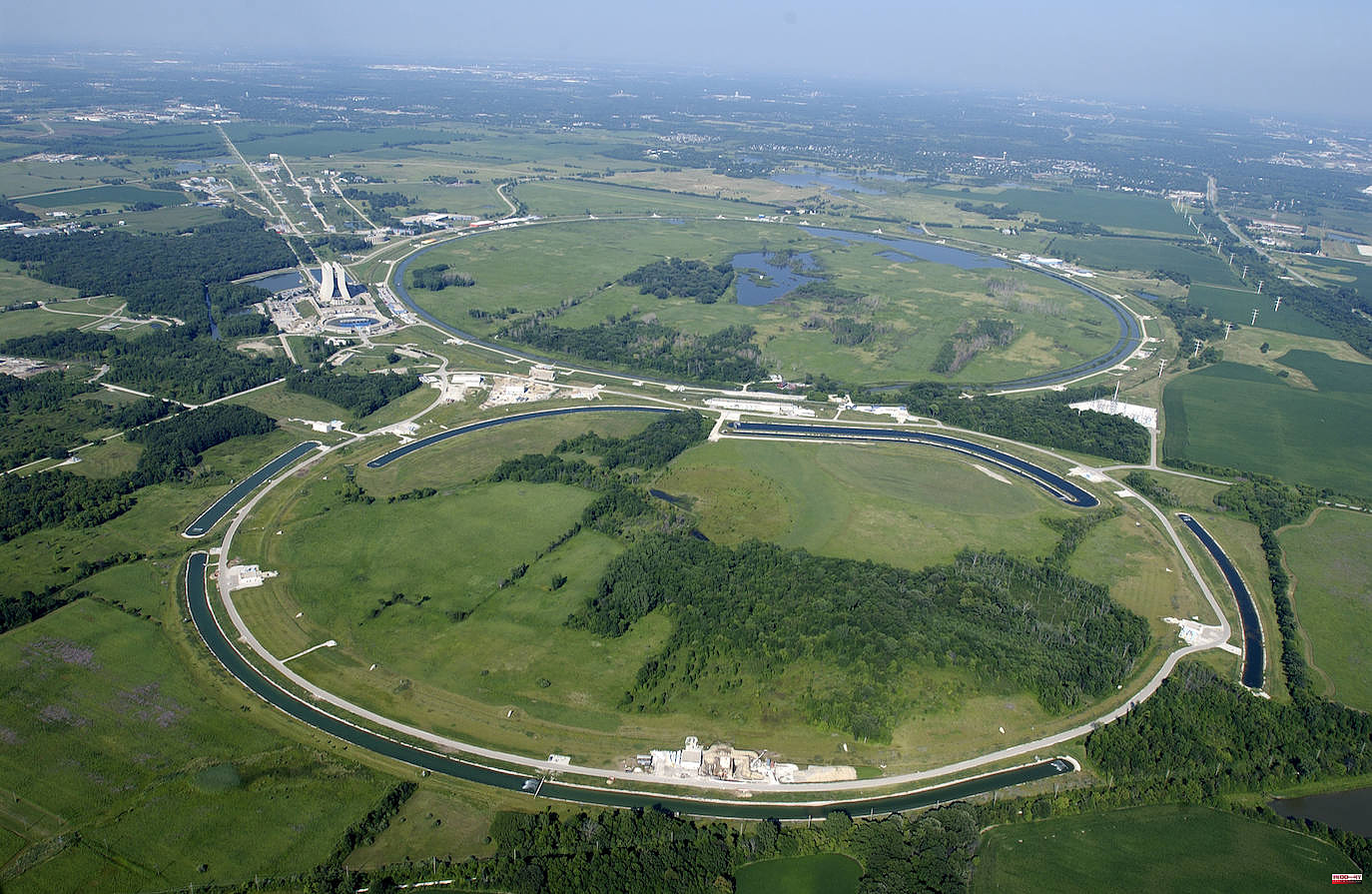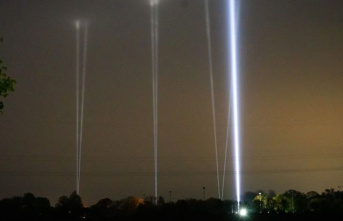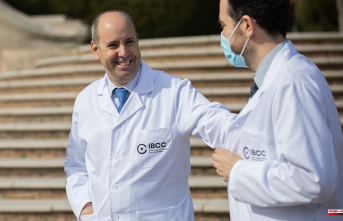CERN's Large Hadron Collider, (LHC) made the most exact measurement of the W boson to date. This was done to test the standard model for particle physics, which is the theory that describes fundamental structures of matter. Ashutosh V. Kotwal, a Duke University researcher and the lead of the research that is published in Science magazine, said, "The number and quality of improvements we made during the measurement was enormous." The project involved 400 scientists from 23 different countries, including researchers from the Physics Institute of Cantabria.
Particle physics states that the four fundamental forces are electromagnetic, gravitational and strong nuclear -causing for example nuclear energy- and weak nuclear -responsible for making the Sun shine. radioactivity. The W boson is one of the most heavy known particles. A W boson has a mass that is approximately 80 times greater than a proton. After observing over 4.2 million candidates for the W boson, the value of its last mass measurement was found to be discrepant from the standard model.
It was a surprise. All the measurements and predictions made by the standard model have been compatible up to now. Alberto Ruiz (IFCA researcher) stated that although the model can only explain 5% of the Universe, it cannot be the ultimate theory. This physicist stated that if the discrepant measurements are confirmed by other experiments, it would prove that the standard model is flawed. Martijn Mulders and Claudio Campagnari, physicists, comment on the discovery. They stress that because extraordinary claims require extraordinary evidence, "independent confirmation is required first."
According to the IFCA the discrepancy in measured value and predicted value could indicate new phenomena that are not described in the standard model. Joe Lykken, Fermilab's Deputy Director, said that it was now up to other experiments and the theoretical physics community to investigate this mystery.












